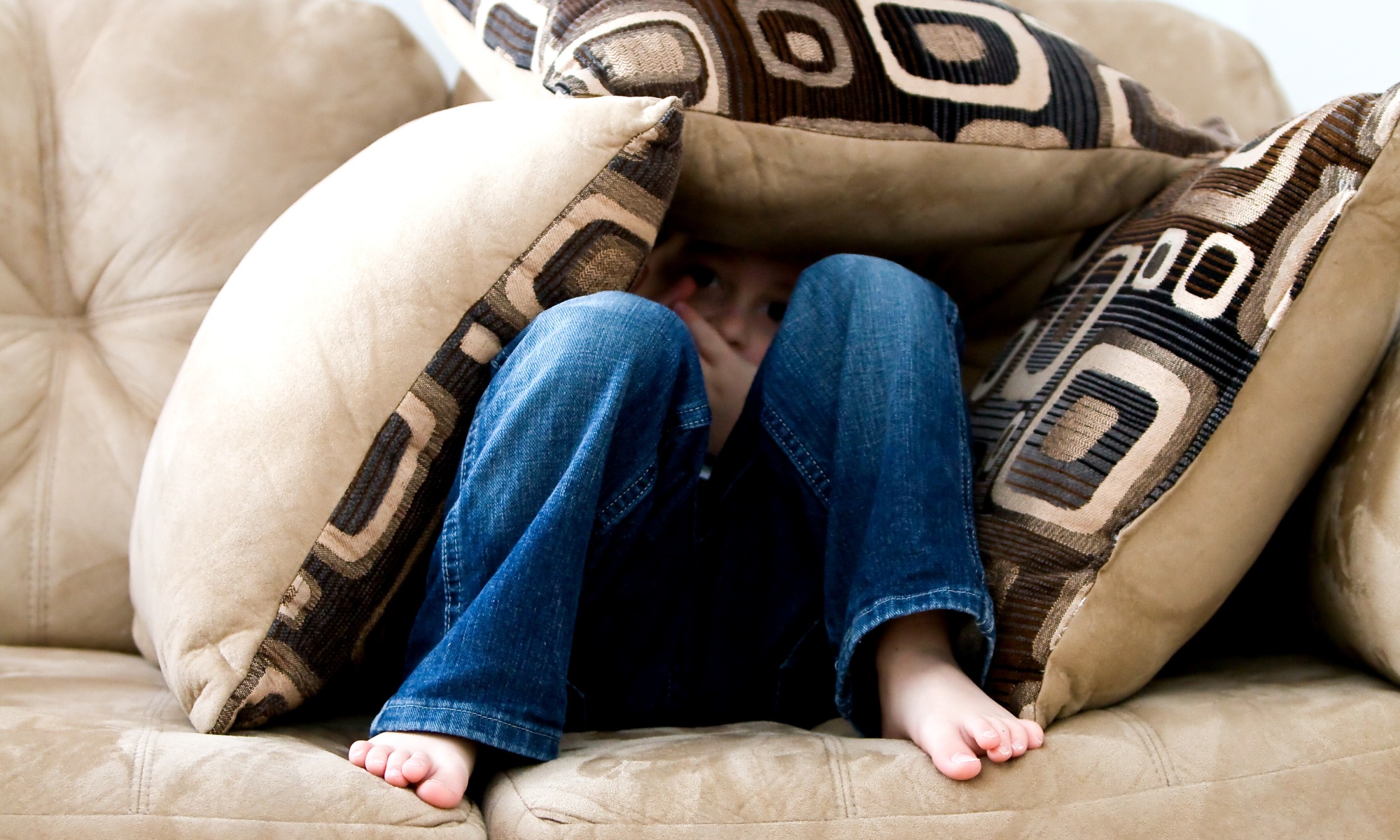In my last post I wrote about tanha or craving from a Buddhist perspective. I realized after writing that post that I should also write a piece on aversion, as aversion and craving are really two sides of the same coin. Let me explain how that works. Briefly defined, aversion is the strong desire of not wanting something. Think about things you strongly detest and go out of your way to avoid. Public speaking? The dentist? Romantic rejection? Social gatherings? Anxious feelings? You’re experiencing aversion, and you’re certainly not alone.
When we look at any of these situations carefully you might notice at first there is a strong negative feeling associated with the thought of engaging in the activity – that’s the aversion part. Aversion is a feeling we typically get when we think about something we have negative associations of, that is repulsive, or we find disgusting. This feeling is usually followed by the most common reaction to aversion – avoidance. Avoidance is a behavior we take in response to these negative thoughts and feelings we experience, hoping by avoiding we can avoid the negative feeling, or make the negative feeling go away.
Sometimes this pattern of aversion and avoidance is relatively harmless. For instance, I instinctively hate the taste of cilantro. When I go to restaurants I ask the waiter or waitress to ask the chef to leave it out of my food. No big deal. I have a strong aversion to the taste of cilantro and as a result I avoid it. I’m secretly inwardly embarrassed that I can’t be more mindful about the whole cilantro thing as a Buddhist instructor, but such is life. I am aware of this pattern and I choose to live with it, because it’s a relatively minor inconvenience I don’t feel I need to “fix” this problem.
Psychologically speaking, however, the bigger kind of avoidance behaviors in life are frequently problematic. For example, imagine what would happen if you stopped going to social gatherings because you had an aversion to meeting new people, or you avoided public speaking when you wanted to advance in a professional job that demanded it, or you stopped going to the dentist due to a strong aversion to pain. Your life would constrict and become smaller. You would lose a lot of the enjoyment that comes with living a full active life. Small problems might suddenly become bigger because you aren’t dealing with them.
Depending on the circumstances and severity of the aversion and avoidance pattern I am describing I have seen clients in the past who became depressed, anxious, and/or agoraphobic (fear of going out in public spaces) because their avoidance pattern had spun out of control. This can happen in sneaky ways we are not even fully aware of until it turns into a big problem.
Fortunately, there’s an effective way to work with aversion and avoidance that is taught in Buddhist psychology and cognitive-behavioral therapy.
There is real hope for change when we see this pattern emerge if it is identified and addressed. More on this in future posts.
With Compassion,
Winfred Ark, PsyD
PSY29365
As always, if you find yourself struggling with mental health issues please seek a professional’s help. Blog posts are for information only and not intended to replace working with a mental health professional.


How about the practice of not reacting for or against your likes and your dislikes.
LikeLike
Thanks for the question Pravina. The practice you mention can be very helpful in moderation. It can be tremendously freeing to be content with whatever one receives in life. One should be cautious that the practice doesn’t lead one down a path of becoming apathetic and viewing life as “gray” or dull. If it makes your life lighter and filled with joy you’re likely on the right path. The Buddha’s recommendation of taking the Middle Path and using your own experience as a guide are probably helpful in this regard. Hope this suggestion is helpful to you. – W.
LikeLike